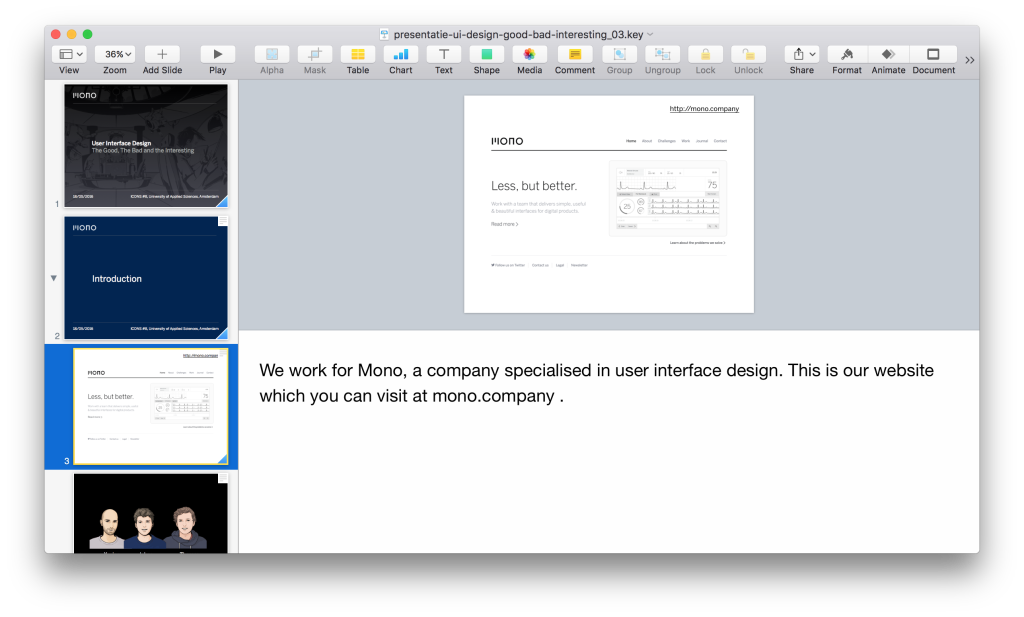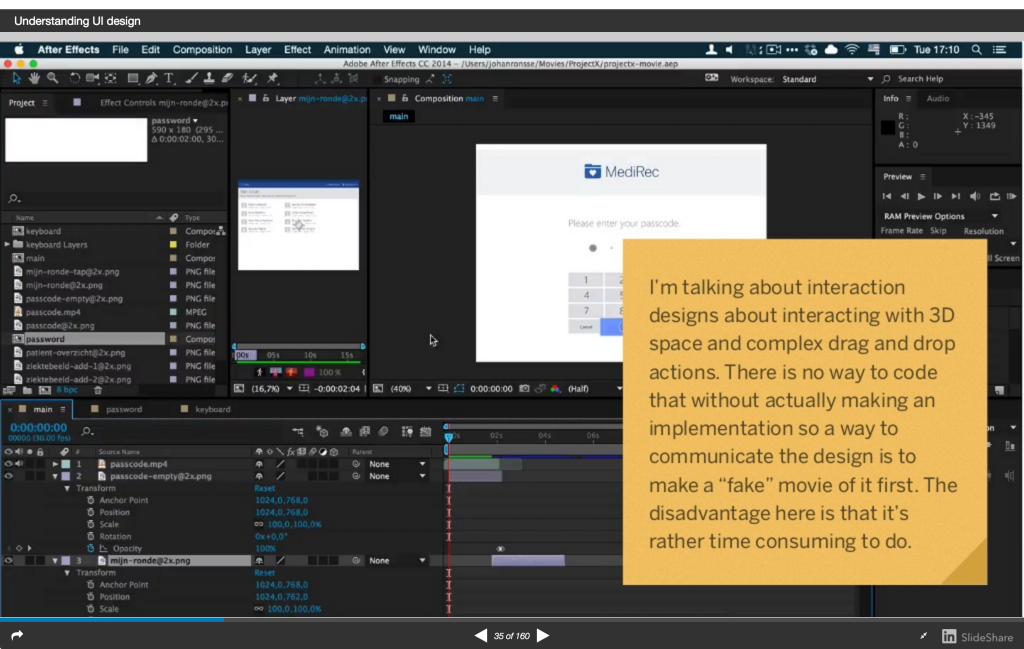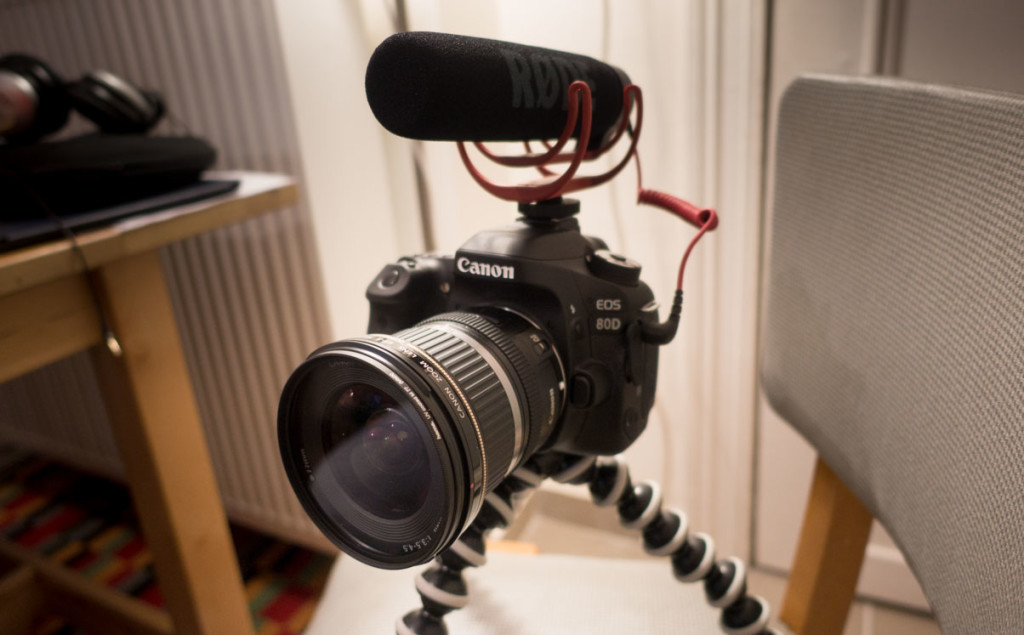I read the Flemish Government is holding a contest where you can win €20.000 if your application makes use of open data provided by Flanders.
You have to use a dataset provided by them to be eligible to enter the contest.
The power of open data is that application makers can combine data from multiple sources to create an app that delivers something that otherwise wasn’t possible before.
Toon Vanagt who manages data.be has the perfect example. He manages a website that combines data from multiple government sources (Staatsblad, FOD Financiën etc.) to create a website that lists public information about companies in a very good way. A much better way in fact than the official websites.
A few weeks ago I downloaded an app called Bikey. It lists bike sharing stations in a handy app. And no matter whether you are in Brussels or Antwerp, it just works.
The interface is beautiful, and if you use these bike sharing systems I can recommend it.
This is great: instead of downloading a separate app for Velo Antwerpen, the Brussels bike sharing system Villo etc., you can rely on a single application. What would be even better was if this data was integrated in your favorite mapping application.
A few years ago I helped to make an app called West-Vlinderen. It’s an app that helps you to plan walking or biking routes in West-Flanders. That’s too local: bike for an hour or two from any point in the province and chances are you left West-Flanders already.
It would be much better if it would help you plan walking or biking routes across the whole of Belgium.
The data is there, but the money behind the project comes from the West-Flanders tourism organisation. So the natural focus is to limit yourself to one region, which is a pity.
A quick search for biking route apps on the App Store only returns a handful of terrible looking amateur offerings (search for “fietsknooppunten”).
Last week I downloaded an app that lists the museums in Antwerp. It should just have been part of a responsive website about tourism in Antwerp. Now the museum opening hours are locked inside an app that nobody can search.
What we end up with is a lot of local apps that are just too small, either in geographical scope, in vision, or in quality.
You have to look at the economics behind these things. Creating a good app takes a lot of time and effort.
The government money is divided between so many levels: federal, regional, province and city.
The organisations behind these applications are not software houses. They are government organisations that lack the capacities to build their own software. So they perpetually have to rely on agencies to do their work for them.
Hiring a team to do a good application that is limited in scope can easily run you €50.000. Less than that and you’re going to have to make concessions that nobody likes, like releasing an iOS app only, or knowingly making a worse app than you actually could by choosing for inferior technology.
The market is updating constantly. If you have an app, every year there is a new version of iOS and Android you have to support. It’s not just that initial cost: there’s an ongoing cost. There’s a graveyard of apps out there that never get past their version 1.0.
I won’t even link to the app I worked on because I am ashamed of what it looks like now.
Tax money is used to build apps that really shouldn’t exist in the first place. The government is then proud to report a thriving “app economy”, built on the backs of the highest taxed workers in the world. That’s just stupid.
It’s the government’s job to provide the open data; then app makers can go to work to build experiences around that. Lower our taxes, provide the data, and let the free market do the work.
Those museum hours from before? If you Google for a museum, you get the museum hours. That’s because Google got that data from somewhere. Google has a lot of resources. If we want to avoid a world where Google is the only lens to information, data needs to be open.
I feel that if the government wants to help they should do so by policy: force government organisations to open up their data.
This is happening right now and that’s a good thing. But there should be enforced quality standards as well.
If you look at the reality of open data, it is pretty painful.
If you search the various portals, the quality is just not there.
There’s the federal data.gov.be, the Flemish open data portal, the Walloon open data portal; but then there are separate sites for Antwerp, Ghent and Brussels.
Why do we need so many websites for this when all I want are documented JSON APIs?
A search on TEC (Walloon bus company) data returns 1 Word document and a page returning 404. A Word document is utterly useless as an open data point. This should really be forbidden. Word is not a structured format that can be used for apps.
And what about the aforementioned contest? I think a contest is the wrong way to go about things. I for one don’t welcome a proliferation of rather amateuristic Phonegap apps made to impress a jury, only to die a quick death afterwards.
Technically my friends at iRail and Railer can’t apply for the the contest. They are using data about “Belgium”, not “Flanders” – even though they are providing a very valuable application to the people of Flanders.
Railer is the top rated application to find Belgian train times in the iOS App Store. People like it much more than the official NMBS application. It would really be helped with €20.000 so the developers can find the focus to make it even better. Now it’s literally being made in someone’s free time.
iRail is doing a Kickstarter-like campaign to find money to develop the Spitsgids; it’s a feature to check which trains are busy and which ones aren’t. The NS (Netherland Railways) has had this feature for a long time.
If we are to make things better, there’s definitely some more work to be done. To this end, Mono is once again supporting the upcoming Open Summer of Code.




